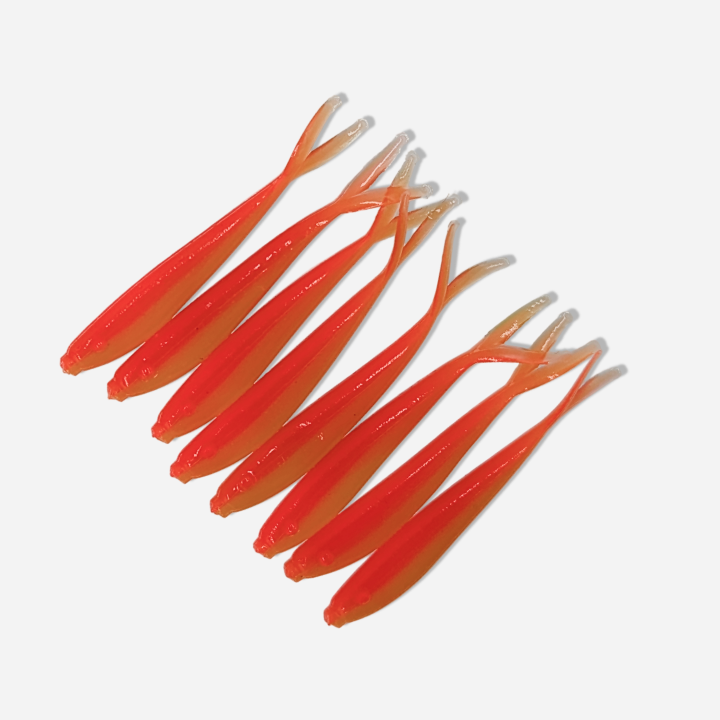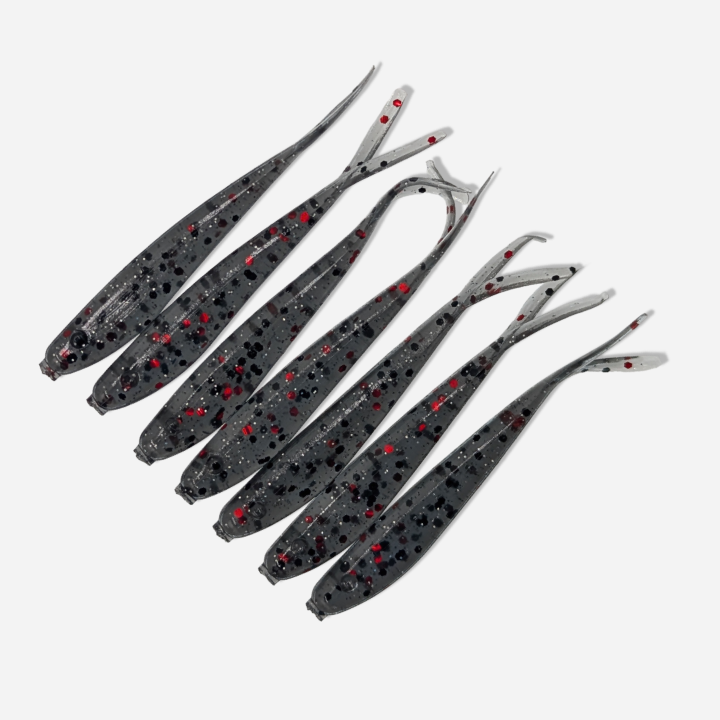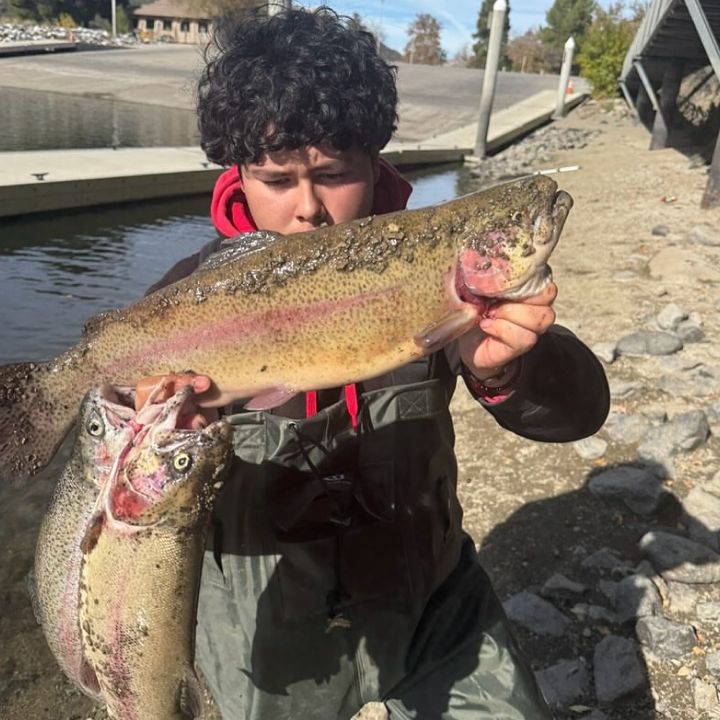Tested in California Waters
MADE BY CALIFORNIA ANGLERS
In Case You Missed It: Finesse anglers are using spoons to get the bite
Dancin Fish Baits continue to produce solid results for anglers all across SoCal. The 3g size has been the go-to choice for finesse anglers targeting pressured trout in clear water conditions, delivering consistent bites with its subtle action and natural presentation.







